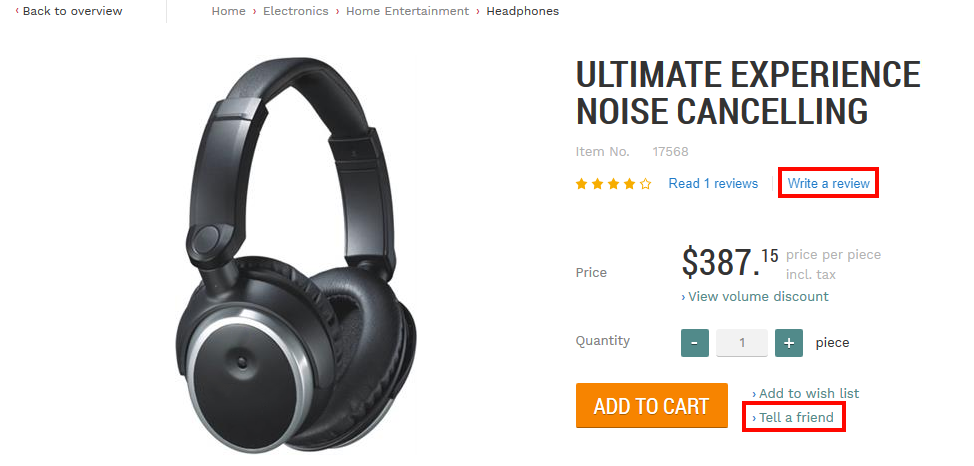

About the author: At the time of writing, Greg Wise was a Principal Inbound Marketing Expert & E-Commerce Specialist at HubSpot. In this guest post, he discusses the psychology of e-commerce sales, and how you can make use of social proof or the “copycat effect” to increase e-commerce sales conversions.
Ever cruised Amazon looking for a new book but just couldn’t decide? Sure, the site gives us pretty much everything we need to make a choice — from summaries to actual glances at the first pages of the book — but with so many other options available, it’s hard to narrow down a purchase.
Then, you see it: the “other customers who viewed this book bought…” section. Suddenly, your path is clearer. If those customers liked that book, you probably will, too. This, my friends, is what we call the social default bias. Or, basically, you’re a copycat.
Now, the overwhelming majority of customers like to think they can make up their own minds. But studies show this just isn’t true. Of course, buyers probably have some pretty strong feelings about products they’ve purchased and used before, but when it comes to a first-time buy, they might need a little nudge.
When the copycat effect works best
If a buyer already has a pretty strong opinion on particular products, he or she won’t care what other buyers are doing. If, however, the products aren’t well known or require specialized knowledge before purchase — such as the book example above — then customers will look to others for guidance.
Those who plan to copy others usually don’t want others to see. In a brick-and-mortar situation, they’ll probably wait until someone has made a selection and moved on before picking up the same item. Now, in an e-commerce situation, no one’s looking. That means buyers will be much more likely to allow social default bias to rule their online buying selections.
How to make social proof work in e-commerce
You’re probably already aware of how much influence social proof has, but maybe you didn’t realize it could affect this much. Amazon has the right idea, showing buyers the products similar customers love. You can implement something similar in a sidebar on your e-commerce site. Instead of linking product suggestions for cross-selling or even upselling, simply share your most popular items.

You can filter those items to fit the products buyers are searching, or you can just show the top purchases from 1 to 10. Just like the New York Times bestseller list, bestselling items prompt even more buyers to take a chance.
Adding reviews to each product page on your e-commerce site is a great idea, too. That gives potential buyers the chance to see which items are the most popular and why. When they know why, they have one more reason to snag their own when no one is looking.

Get more tips on managing your e-commerce product catalog to increase conversions.
Using social networks to leverage the copycat effect
Social listening is another great way to make use of this particular psychology phenomenon. Sure, you have plenty of followers, but they don’t all follow each other. It’s okay to toot your own horn a little bit. Amazon lets buyers send out a tweet or Facebook update every time they make a purchase on the site. While you may not be able to include that feature on your website, you can seek out those who tweet anyway.
When you search for your company or products, find those who have great things to say and then retweet them. Like their Facebook statuses. Share their LinkedIn posts. Re-gram their Instagram posts. When you do these things, your followers see what others are buying and start adding items to their wish lists.
Get more e-commerce marketing tips like this one in our blog.
More e-commerce tips and best practices
- Check out our 5 tips for improving your e-commerce website design.
- Find out more about B2B customers’ behavior, preferences and challenges online: Read the 2024 B2B Buyer Report.

Online marketing best practices to drive e-commerce sales
Read our marketing guide




